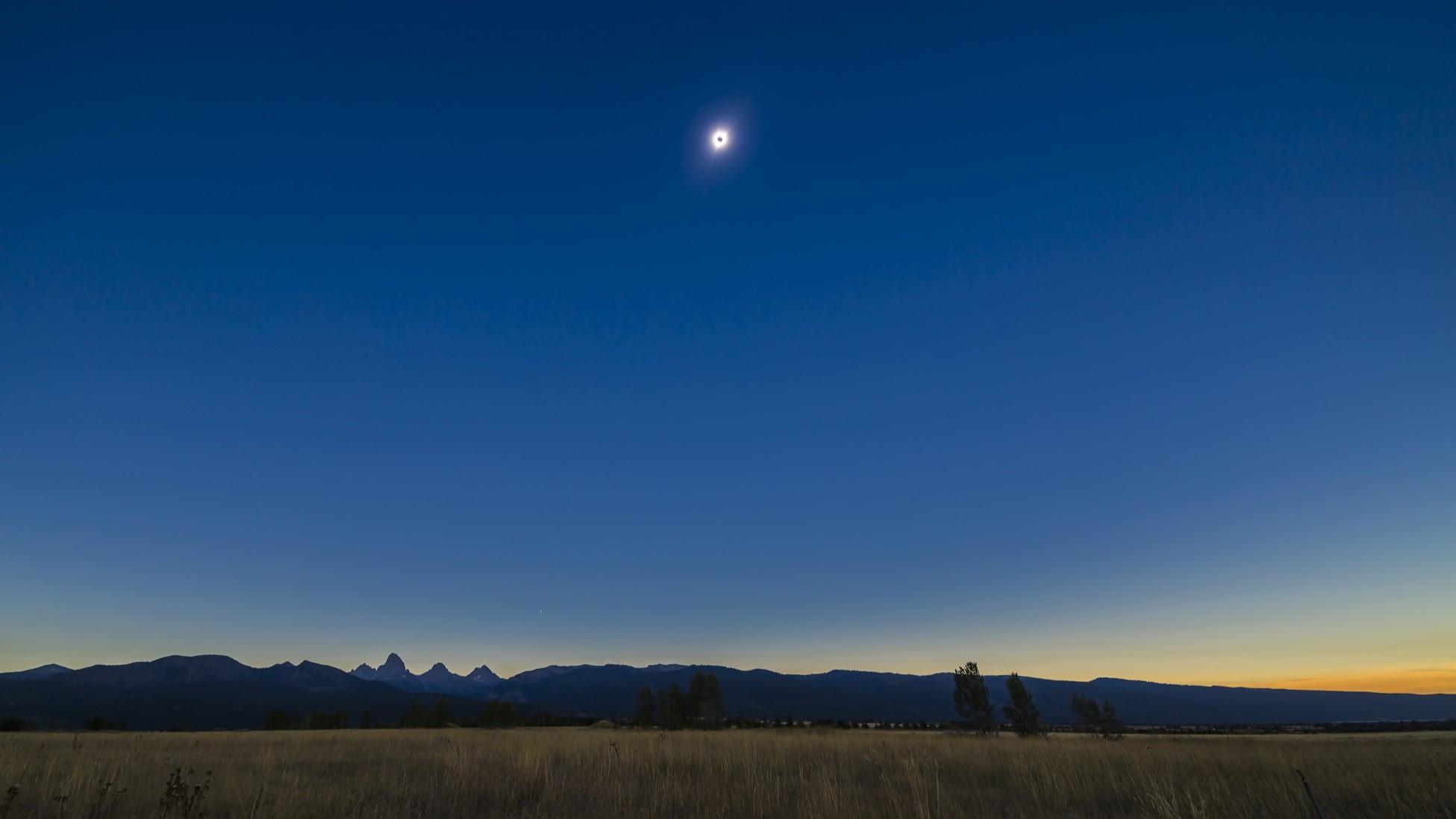
Are you ready for the next total solar eclipse? As soon as the April 2024, eclipse across North America was over, eclipse chasers turned their attention to planning for the next one, which will be on Aug. 12, 2026.
It will be the first total solar eclipse visible from Europe since 2015 and the first in mainland Europe since 1999. However, only five countries will experience totality — when the moon's shadow completely blocks the sun's face — on Aug. 12, 2026. That day, the sun will rise totally eclipsed from a remote part of Siberia in Russia before the moon's umbra moves across eastern Greenland, western Iceland and northern Spain, clipping a tiny part of northeastern Portugal.
Related: 16 best places to see the 2026 total solar eclipse
The weather across the path of totality is helped by the time of the year, as August is the best month for clear skies across the region, although finding clear skies will still be a challenge. However, perhaps the most confusing aspect of this eclipse will be its height, at least for observers in Spain. You'll need to calculate sight lines in advance, which wasn't necessary for North America's total solar eclipse.
The prize, however, is the same: a totally eclipsed sun, for a maximum of 2 minutes, 18 seconds. Here are 10 top tips for planning your total solar eclipse experience in 2026.
1. Forget duration
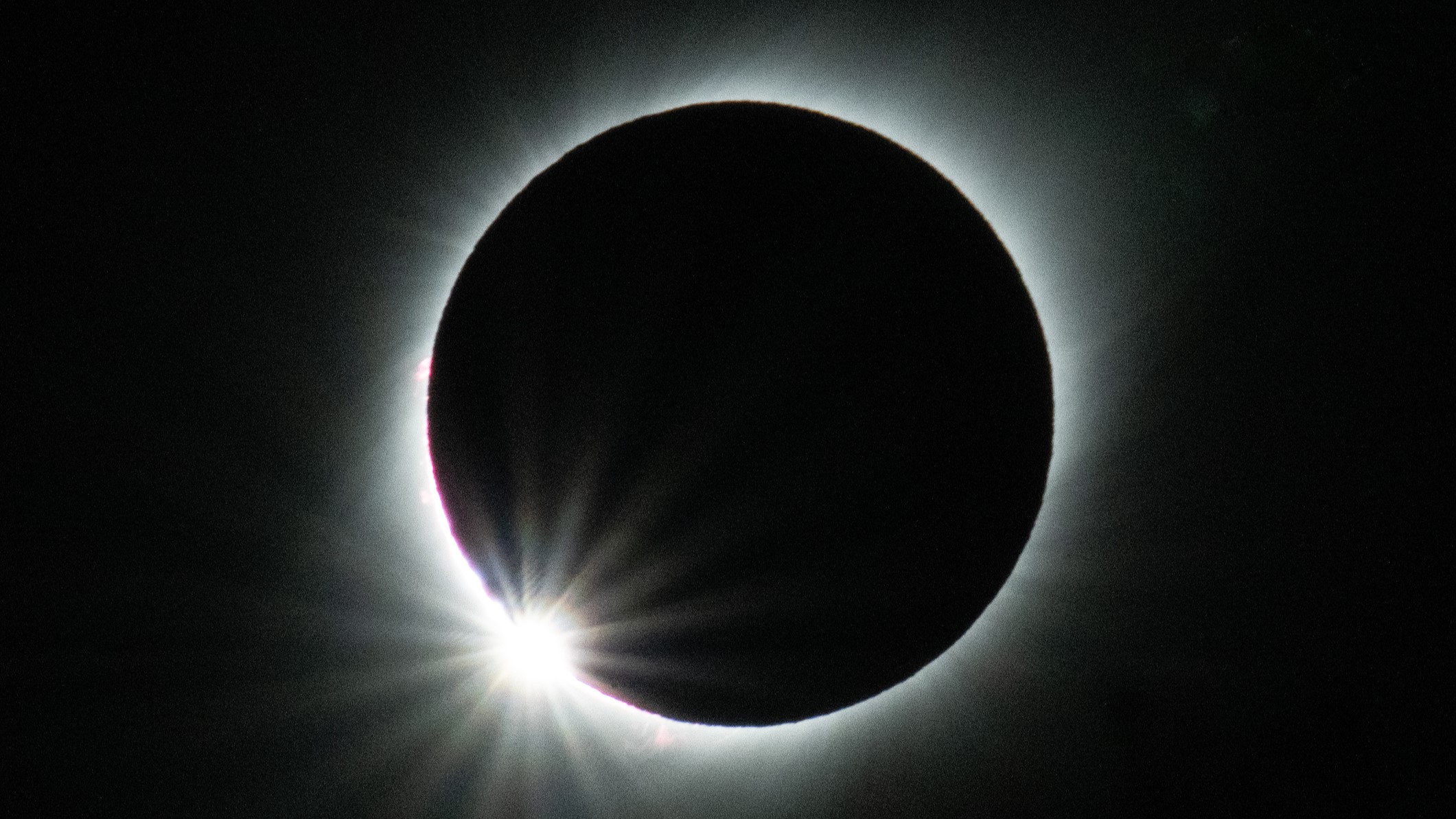
Never judge a total solar eclipse by its maximum duration of totality. Although totality for the April 8, 2024, total solar eclipse lasted over four minutes for some viewers, most total solar eclipses last two minutes or less. Moreover, the duration of totality is trivial. What's spectacular is that totality happens at all — and how dramatic it is. Instead, think about where you'll watch it from in the path of totality because the location does make a difference.
2. Fixate on the sky position.
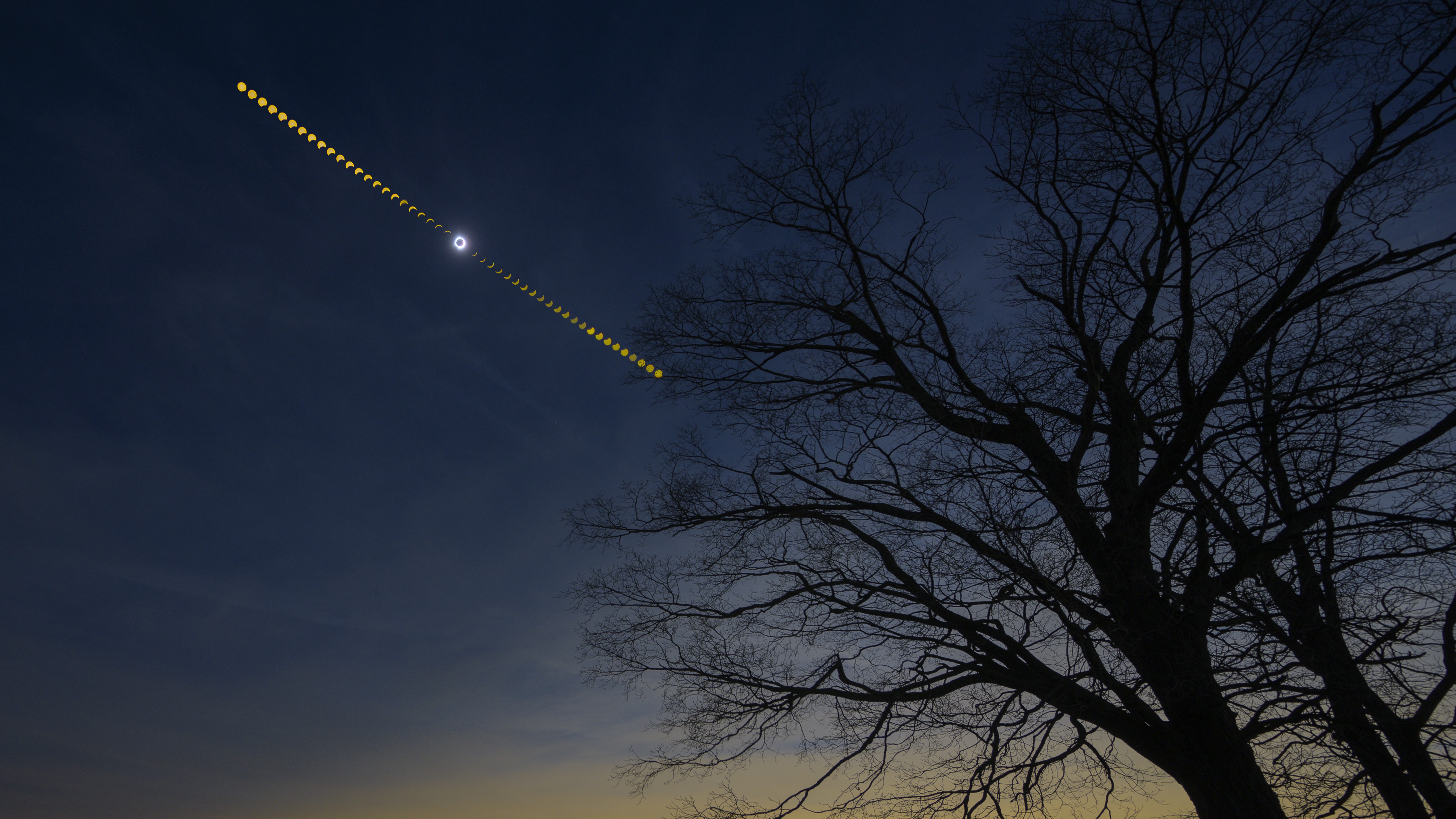
At no point on Earth will the eclipsed sun appear higher than 26 degrees above the horizon during the August 2026 eclipse. It won't be much of a problem in Greenland and Iceland, but in Spain, the sun will be eclipsed just 70 minutes before sunset on Spain's Galician coast, where the sun will be just 11 degrees above the northwest horizon.
It will be visible lower in the sky and closer to sunset as the path of totality shifts eastward. The eclipsed sun will be barely 3 degrees above the northwest horizon from the west coast of any of the Balearic Islands (Mallorca, Minorca and Ibiza). That could cause the sun to be lost in the haze and clouds of the horizon. Or, it could produce a rare, dramatic "golden corona." As with all eclipses, you must weigh risk versus reward.
3. Pay attention to sight lines on the Spanish coast
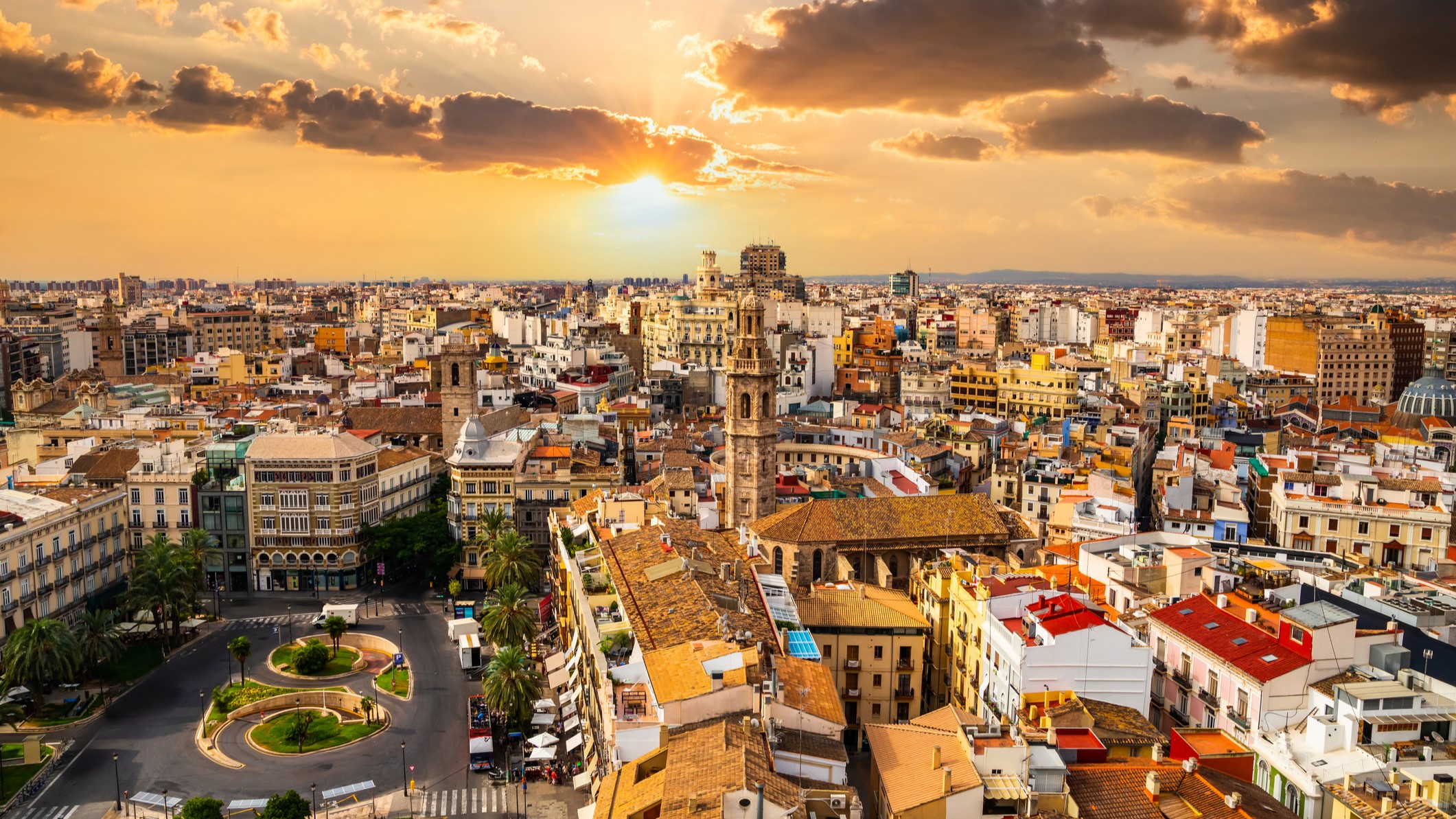
The sun will be eclipsed from Spain's east coast at just 4 degrees above the northwest horizon. It's possible to find locations on the coast with a clear view of the eclipse, but do not take anything for granted. In many coastal locations, the trick will be to get inland and onto higher ground. Either way, triple-check the sight lines of all locations.
4. Consider some landscape photography.
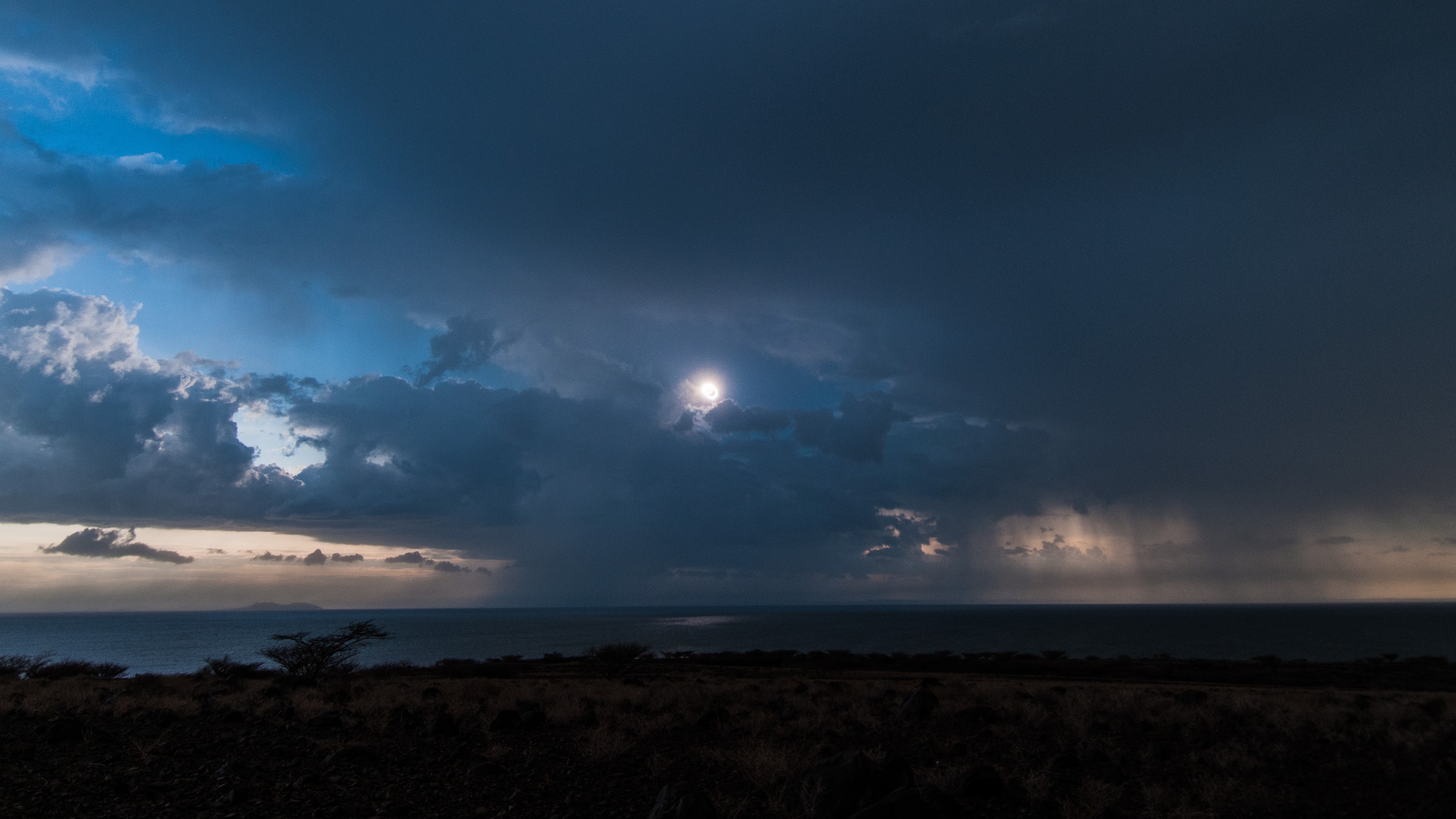
The 2026 eclipse will offer a short time to image the eclipsed sun balanced with the opportunity to see and capture the sun's corona low over landmarks, mountains and buildings. Expect images of an eclipsed sun above icebergs in Greenland; over the Sun Voyager sculpture in Reykjavik, Iceland; and through the arches of the Roman aqueduct bridge in Segovia, Spain. Many photography workshops will travel to Spain to catch the eclipsed sun close to the horizon. You can also check out our guides on how to photograph a solar eclipse and how to photograph a total solar eclipse with a smartphone.
5. Think about cloud cover
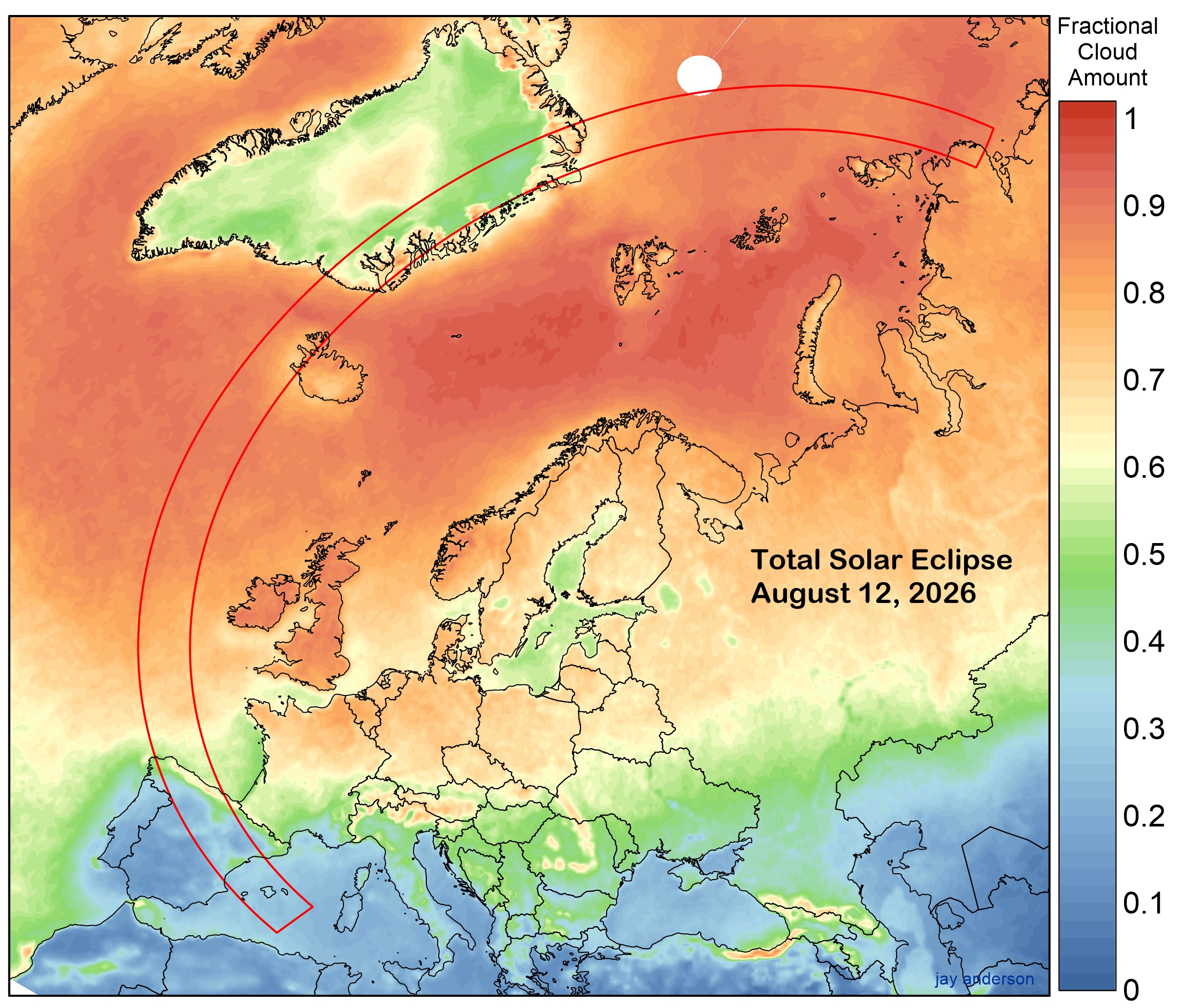
As solar eclipse meteorologist Jay Anderson notes on his website Eclipsophile.com, Valladolid and Zaragoza, Spain, and the Mediterranean coast have the highest chances of clear skies. That said, there are good reasons to be optimistic about clear skies in Iceland and Greenland, too, with the latter's Scoresby Sund often experiencing sunny weather in August. If the 2024 total solar eclipse taught eclipse chasers anything, it was to expect the unexpected.
6. Stay mobile
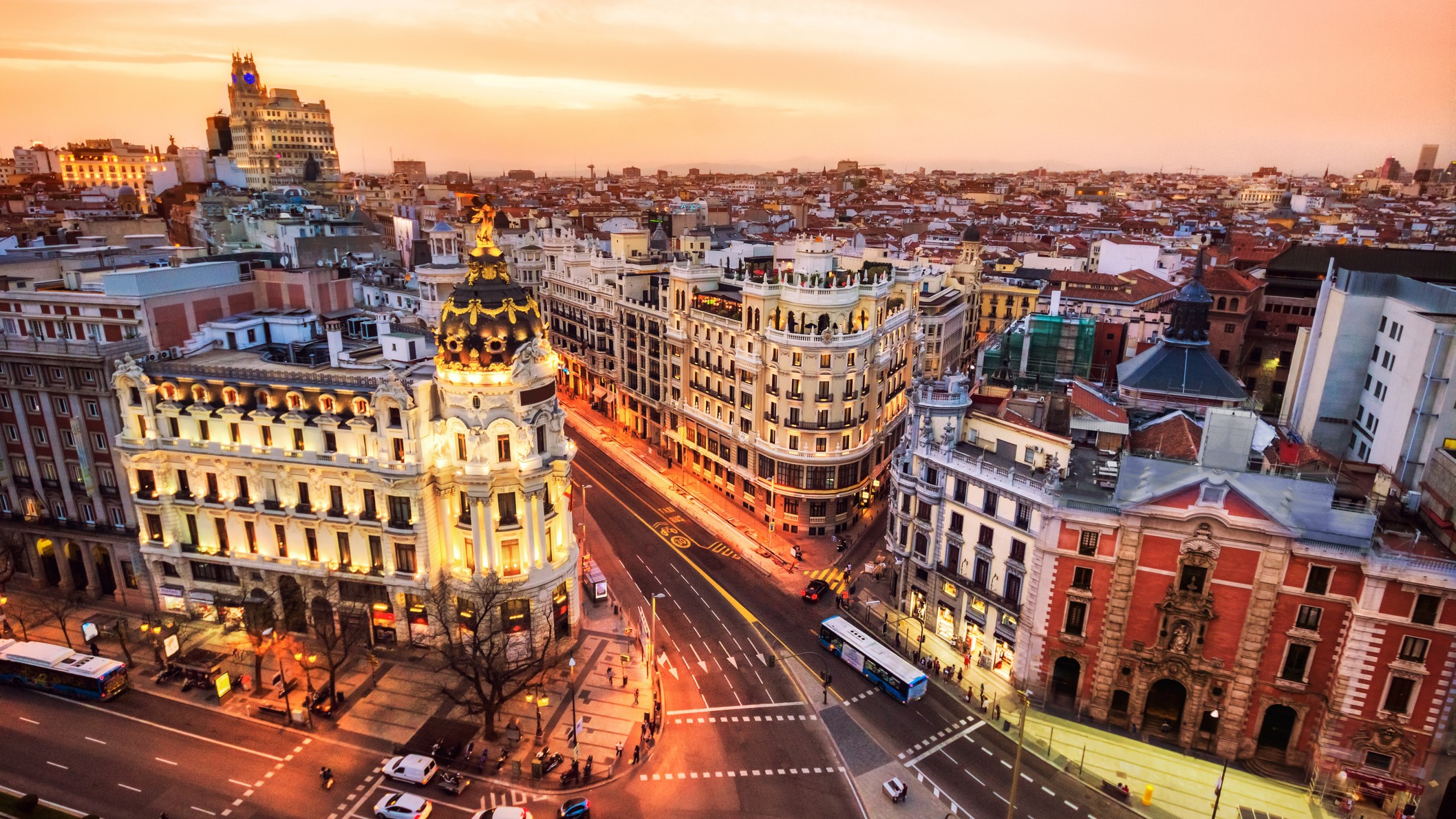
Trying to find accommodations in rural areas of Spain ahead of time might be tricky. Plus, there's no need to wake up inside the path of totality for this one because it occurs just before sunset. You'll have all day to travel somewhere that's forecast to have clear skies.
7. Don't obsess about the centerline
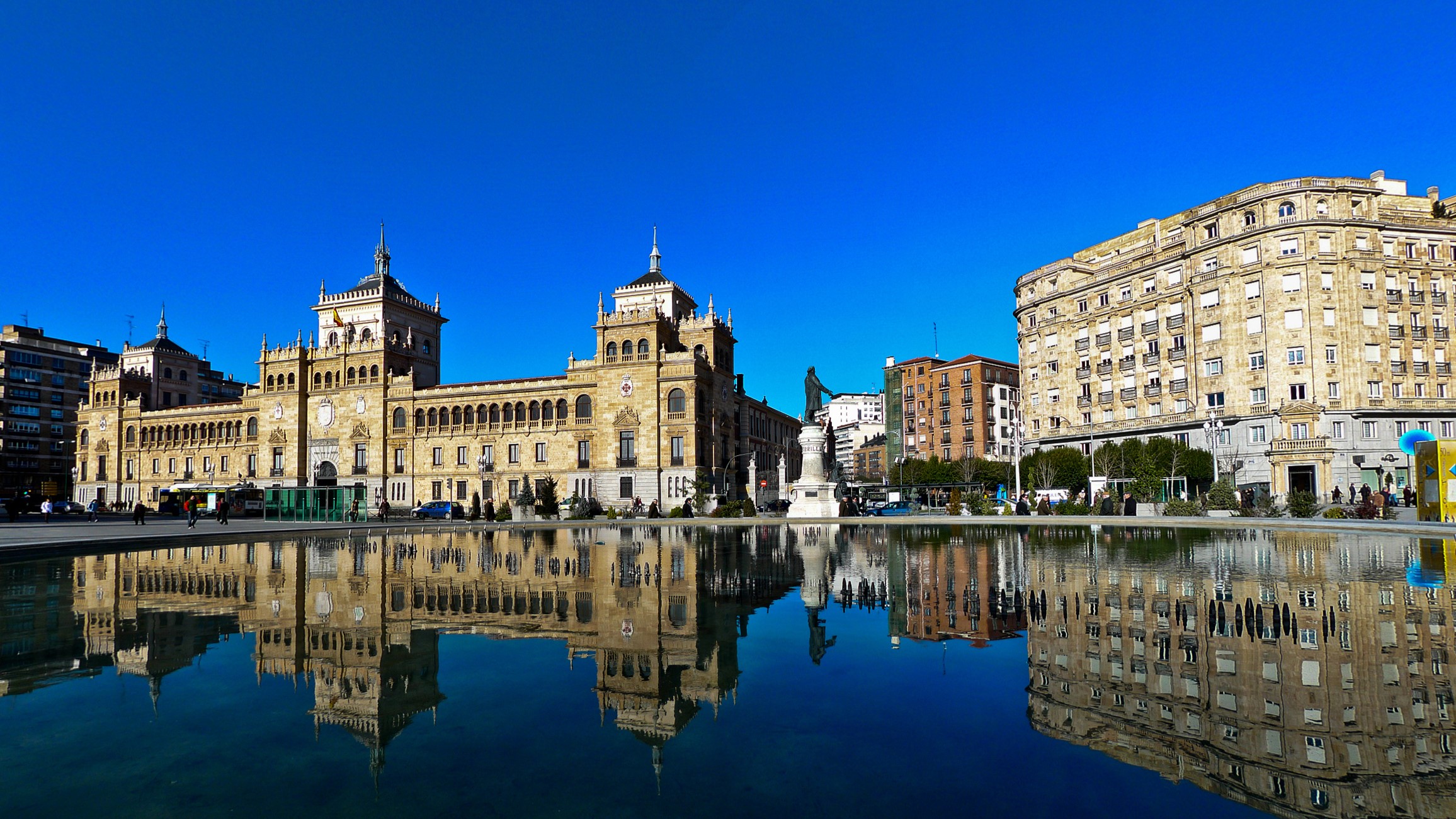
You don't need to aim for the centerline for this eclipse. Yes, it will maximize the duration of totality. However, not only is the maximum duration reasonably short, but there are diminishing returns the closer you get to the centerline. That's because the moon's shadow is oval-shaped, so the totality duration tapers off gradually on both sides of the centerline. For example, Burgos, which is close to the centerline, will get 1 minute, 44 seconds, while Valladolid, which is halfway between the centerline and the southern limit, will get 1 minute, 29 seconds.
8. Prepare for a "Pac-Man" sunset.
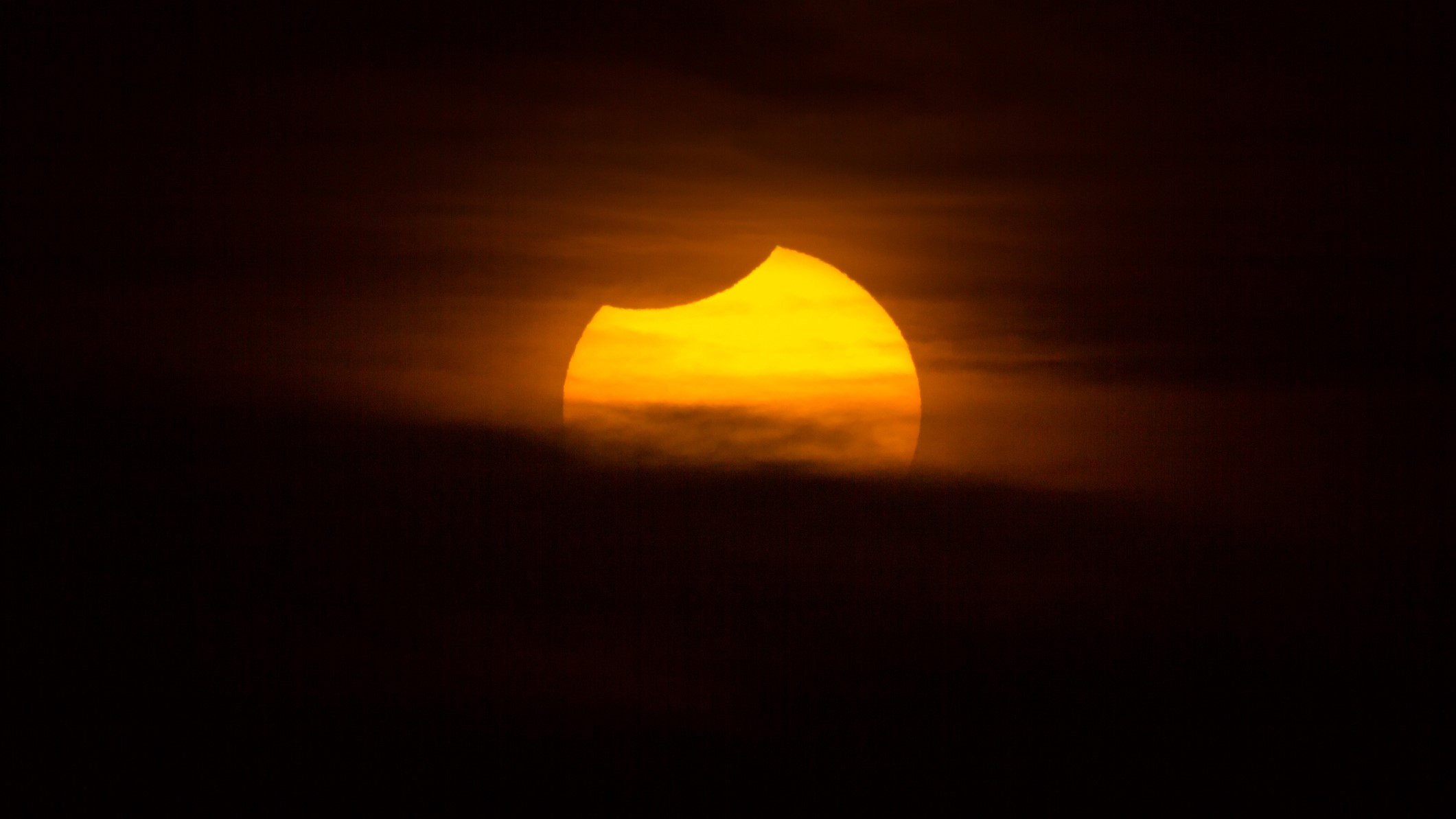
The E80 motorway linking Valladolid to Burgos straddles the centerline in the most probable place for clear skies of the entire path of totality. It also represents the dividing line for a partially eclipsed sunset. From all locations west of here, the sun will no longer be eclipsed as it sets. To the east, it will sink below the horizon while still partially eclipsed. Locations farther east — such as Calamocha, Teruel and Zaragoza — will be good locations to watch an eclipsed sunset.
9. Plan for "shooting stars" and the Milky Way.
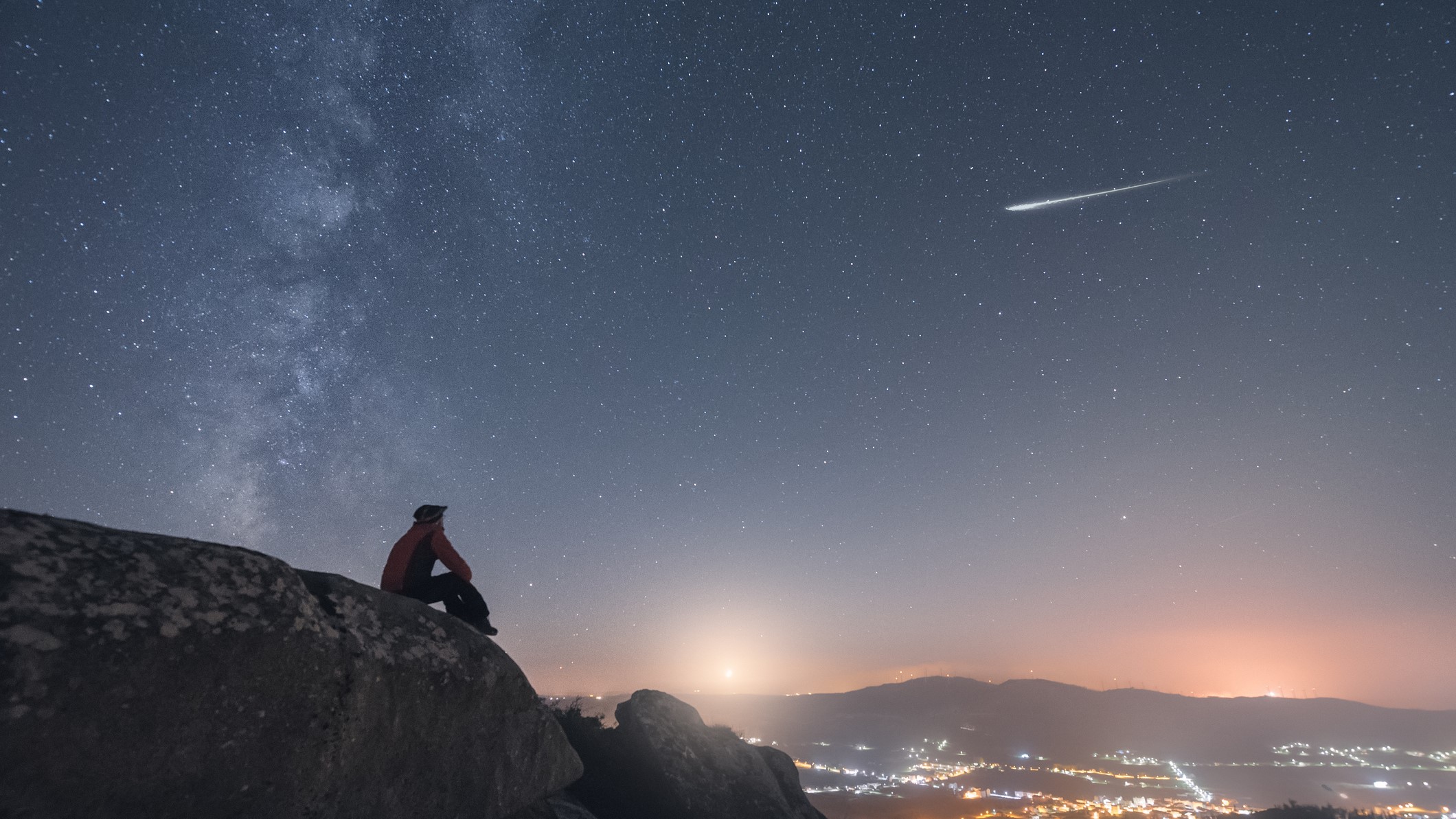
It's a coincidence that Aug. 12 is also the peak of the Perseid meteor shower in 2026. So, in theory, traveling to Spain could get you a total solar eclipse followed by a night sky full of "shooting stars" in completely moonless skies (because a solar eclipse, by definition, occurs during a new moon). It's also the peak time for a view of the Milky Way streaming down in the southern sky. The Perseid peak will also occur in Greenland and Iceland, but there is no darkness in that region. In Reykjavik, Iceland, the sun sets at about 9:50 p.m. on Aug. 12 and rises around 5 a.m., but it never gets completely dark.
10. Head north for possible auroras
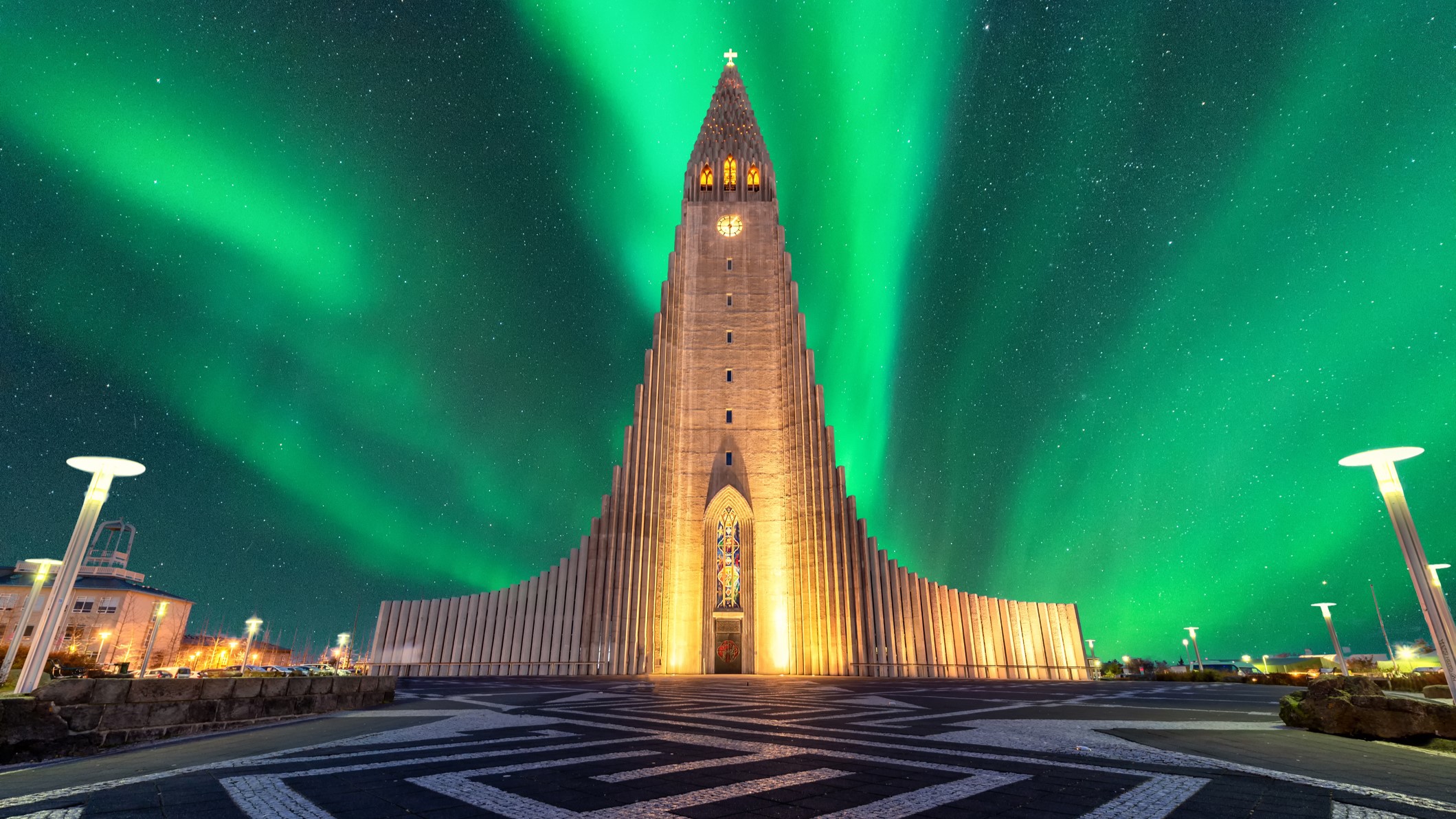
There's a lot of talk about whether it might be possible to see the aurora borealis — the northern lights — during the eclipse as seen from Iceland and Greenland. However, it's highly unlikely — the aurora is fleeting and unpredictable in terms of timing and intensity, and during totality, the sky does not get darker than a bright twilight. There will be a chance during the nights around the eclipse, but true darkness never arrives in August; from midnight, there are about three hours of nautical twilight when it's dark enough to sometimes see auroras.







